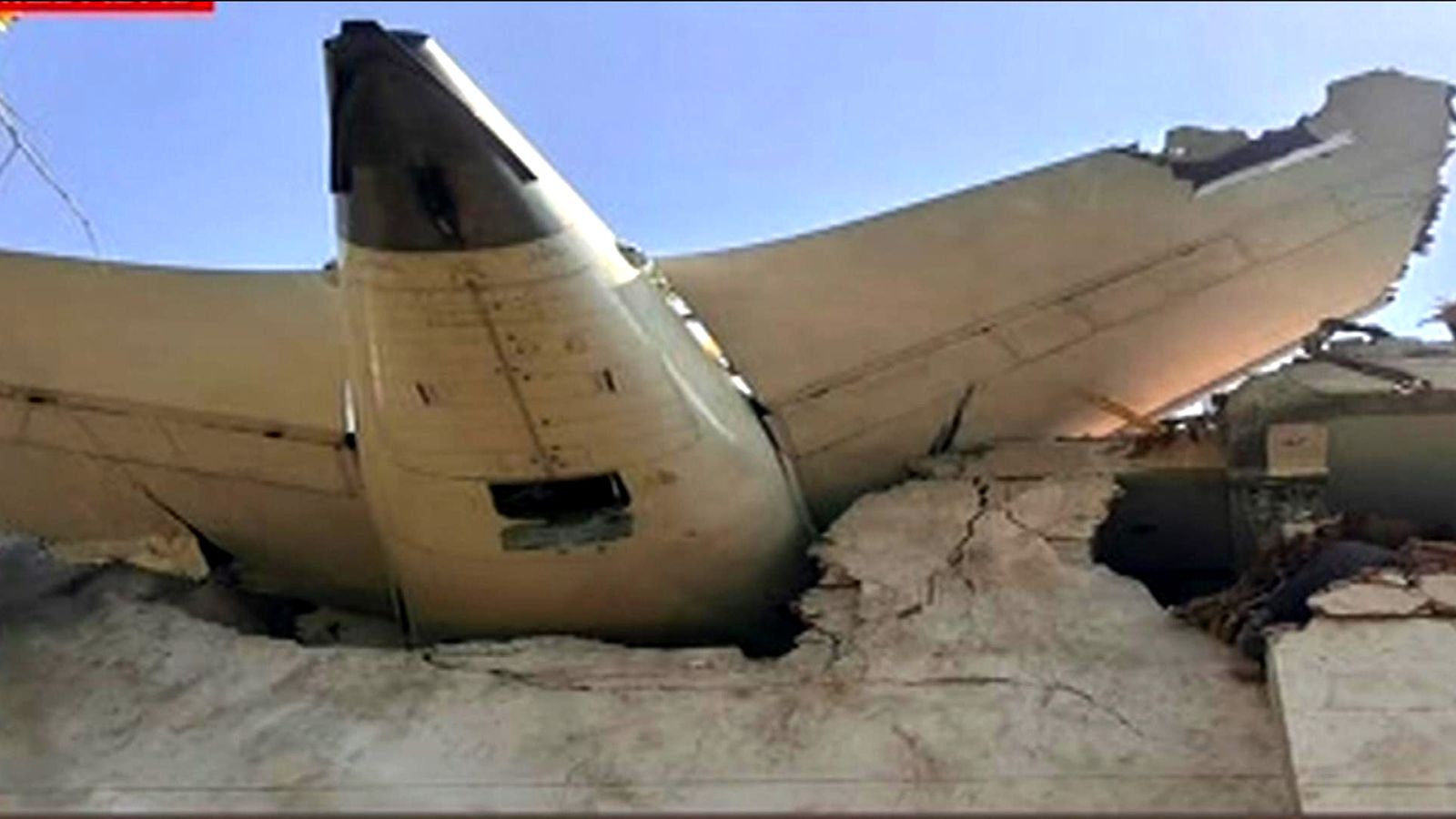
Air India Flight 171 Crash: The Unanswered Questions from the Cockpit
The preliminary report on the tragic crash of Air India Flight 171 has raised more questions than answers, deepening the mystery around one of India’s worst aviation disasters in recent memory. Speaking as someone following this case closely, the findings are both chilling and puzzling.
Moments after take-off from Ahmedabad on June 12, the 12-year-old Boeing 787 Dreamliner experienced a total power failure. Both engines lost thrust within seconds because the fuel-control switches – normally touched only after landing – were inexplicably moved to the “cut-off” position. The cockpit voice recorder captured one pilot questioning the other: “Why did you cut off the fuel?” The reply: “I didn’t.” That exchange alone has stunned investigators and the public alike.
What’s unsettling is how deliberate the switch movement appears. These switches are guarded and require a specific, deliberate motion to engage. Accidentally flipping both of them simultaneously? Highly unlikely, say aviation experts. Yet, that's what seems to have happened, and no one knows why.
Also Read:- Heatwave Hits Windsor: Scorching Temps and Storm Risk This Weekend
- Shankland Shines as McInnes Begins Hearts Era with Dominant Win Over Dunfermline
At the time, the co-pilot was flying while the captain was monitoring. One engine was in the process of restarting, the other hadn’t yet recovered power. Within a minute of take-off, the aircraft plummeted into a residential area, killing all but one of the 242 people onboard and 19 on the ground.
Investigators are considering every possibility — mechanical failure, electronic interference, or human error. A 2018 FAA advisory had warned about a potential issue with the switch locks on Boeing aircraft, including the 787s, but it was not considered serious enough to mandate fixes. Whether that’s relevant to this crash remains unclear, though it adds yet another layer of doubt.
The report also notes that both pilots were experienced and fit to fly. There was no fuel contamination. The Ram Air Turbine (RAT) deployed — a clear sign of major system failure — and the landing gear was never retracted, pointing to how fast the disaster unfolded. The aircraft barely reached 625 feet before it began to fall.
Perhaps most perplexing is that the cockpit voice recorder hasn’t helped identify who moved the switches. More voice analysis is needed, and the lack of cockpit video makes that task harder. There’s also growing concern that one of the flight recorders was destroyed beyond use — an alarming situation considering the crash occurred at relatively low altitude.
Some experts speculate about possible electrical malfunctions or a fault in the electronic control unit, which could have triggered the fuel switches automatically — but that’s still conjecture. Others warn against too quickly blaming the crew, especially with such limited confirmed information.
Families of the victims, like Imtiyaz Ali who lost his brother and his entire family, are still searching for closure. The report so far offers technical details, but little emotional clarity. There’s a deep longing for truth — not blame — but answers. For now, all we know is that something went tragically wrong in that cockpit, and the world is still waiting to find out exactly what.
Read More:



0 Comments